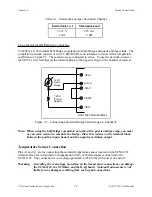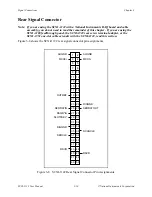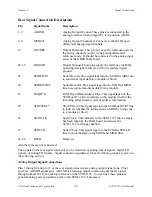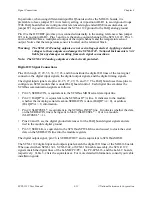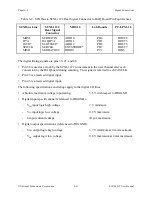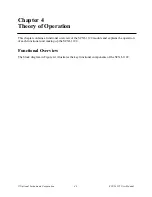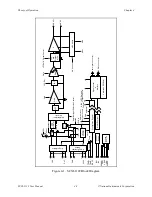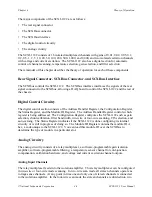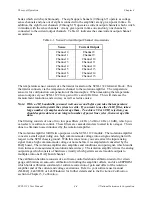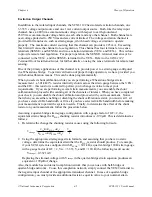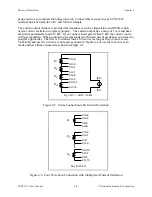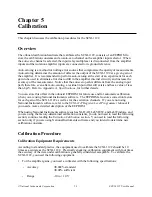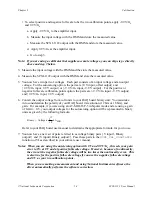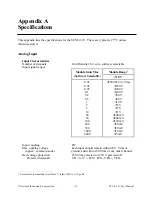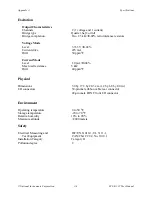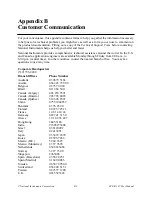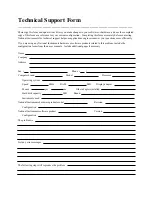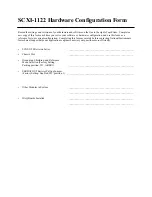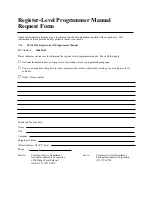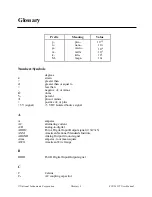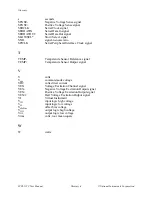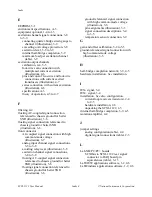
Chapter 5
Calibration
© National Instruments Corporation
5-3
SCXI-1122 User Manual
• To select positive and negative full scale to be the two calibration points, apply -9.9 V/G
s
and 9.9 V/G
s.
.
a. Apply -9.9 V/G
s
to the amplifier input.
b. Measure the input voltage with the DMM and store the measured value.
c. Measure the SCXI-1122 output with the DMM and store the measured value.
d. Apply 9.9 V/G
s
at the amplifier input.
e. Go to step 3.
Note: If you are using a calibrator that supplies accurate voltages, you can skip step c directly
above and step 3 below.
3. Measure the input voltage with the DMM and the store the measured value.
4. Measure the SCXI-1122 output with the DMM and store the measured value.
5. You now have two pairs of voltages. Each pair consists of an input voltage and an output
voltage. For the autozeroing option, the pairs are {0 V input, offset output} and
{9.9 V/G
s
input, 9.9 V output} or {-9.9 V/G
s
input, -9.9 V output}. For the positive or
negative full-scale calibration points option, the pairs are {-9.9 V/G
s
input, -9.9 V output}
and {9.9 V/G
s
input, 9.9 V output}.
6. Convert the output voltage from volt units to your DAQ board binary unit. You must take
into consideration the polarity of your DAQ board, its resolution (12 bits or 16 bits), and
gain. For example, if you are using an AT-MIO-16F-5 in bipolar mode and are using a gain
of G
MIO
= 0.5, your output voltages for the autozeroing option will be represented in binary
units as given by the following formula:
Binary = Voltage
•
2
12
10
•
G
MIO
Refer to your DAQ board user manual to determine the appropriate formula for you to use.
7. You now have a new set of pairs referred to as voltage binary pairs {V input1, Binary
output1} and {V input2, Binary output2}. Pass these pairs to the
SCXI_Cal_Constants
function or VI as described in your software user manual.
Notes: When you are using the autozeroing option with 0 V and 9.9 V/G
s
, this sets your gain
error to 0% at 0 V and at positive full-scale voltage. However, because of nonlinearity,
the error at the negative full-scale voltage will be two times the nonlinearity error. This
is also true for the positive full-scale voltage if you use the negative full-scale voltage
and 0 V as your two calibration points.
When you are making a measurement and using National Instruments software, the
driver automatically performs the software correction.

